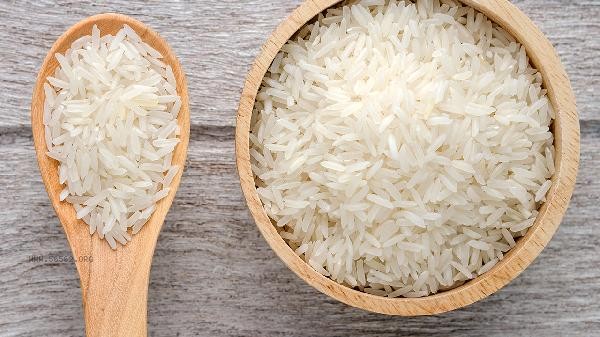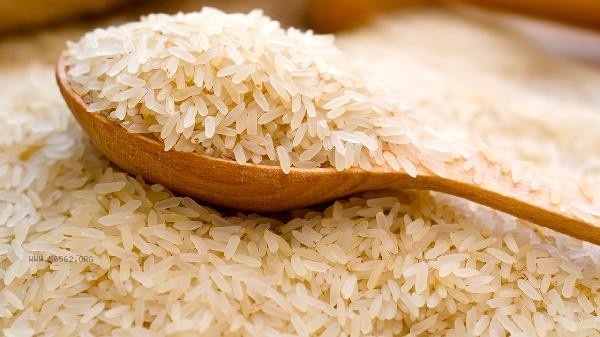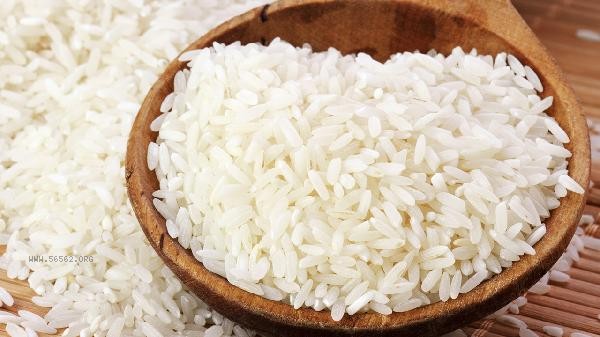The differences in rice taste are mainly related to the variety, storage conditions, and processing methods. The main reasons include differences in varieties between japonica and indica rice, aging and deterioration, excessive polishing, differences in planting environments, and improper cooking methods.

1. Variety Differences
Japonica rice has a high content of branched starch and strong stickiness after cooking, making it suitable for making sticky foods such as sushi; Indica rice has a high content of amylose, with distinct granules but a hard texture. Special varieties such as Thai fragrant rice present unique flavors due to their rich volatile aromatic compounds. The protein content of different varieties can also affect the elasticity sensation during chewing.
2. Aging and deterioration
Aged rice stored for more than a year will produce aldehydes and ketones due to fat oxidation, resulting in a rancid taste. High temperature and high humidity environments can accelerate mold growth and breed harmful microorganisms such as Aspergillus flavus. After vacuum packaging is damaged and exposed to air, it can cause the surface of rice grains to harden and produce residue after cooking. The rotation cycle of national reserve grain is usually controlled within 3 years.
3. Excessive polishing
Excessive polishing can peel off the outer endosperm of rice grains, resulting in loss of vitamin B group and dietary fiber. When the polishing degree of commercially available polished white rice reaches over 60%, the taste will significantly deteriorate. Although brown rice with partially preserved rice bran is more nutritious, it requires longer soaking and cooking time. Improper temperature control during processing may also result in a burnt smell.

4. Planting Environment
Japonica rice grown in black soil in Northeast China accumulates more starch due to the large temperature difference between day and night. Rice produced from soil contaminated with heavy metals may have a metallic astringency. Excessive sulfur content in irrigation water can cause rice to become bitter. Organic planting methods can reduce the impact of fertilizers on flavor, but the yield is lower.
5. Improper cooking
A rice water ratio of 1:1.2-1.5 is more suitable, as insufficient water can lead to undercooking. Poor sealing of rice cookers can cause excessive evaporation of water. Soaking for 30 minutes in advance helps to evenly gelatinize starch. Cooking with acidic or hard water can inhibit starch hydrolysis. It is recommended to use filtered water or mineral water. Cooking rice for less than 10 minutes can affect the volatilization of aroma compounds.

It is recommended to choose new rice of the current season and pay attention to checking the production date and shelf life. Keep cool and dry during storage, and consume as soon as possible after opening. Adjusting the water content and heat according to the variety of rice, combined with miscellaneous grains, can improve the taste defects of a single variety. Special varieties such as Indian fragrant rice need to be soaked in advance, while Japanese rice is suitable for cold dishes such as sushi. Stop consuming when there is a noticeable odor or discoloration.








Comments (0)
Leave a Comment
No comments yet
Be the first to share your thoughts!